
4 minute read
TONYBrown
In France
In this edition of Jaguar Magazine I am concentrating on one of the lesser-known auction Houses, Brightwells of Leominster near the Welsh border. Along with wine and agricultural sales, they are building a strong reputation in the classic car market too. In a packed sale there were no less than eleven Jaguars looking for new homes, so I’ll start with the oldest, and cherry-pick amongst the rest.
Advertisement
First up was a 'MkIV' which had been off the road for a generation and more, sporting new wings and two chests of parts. The engine was dismantled, the interior there, but in much need of TLC and the car will need a repaint. So plenty to keep you occupied on a winter’s evening. Seemingly all there, it was hammered at £11,200. Next up was a rather swish-looking X-Type, and this was the complete bells and whistles model. It was an AWD 3-litre 228 bhp V6, in a stunning Mineral Blue with Cream hide interior. Now I see people searching for a 'new' X-Type after their own P&J has gone to that great rust heap in the sky, and this one seemed to be one that fitted the bill. 54,000 miles, a new MOT with no advisories, a sheaf of maintenance bills, and your's for the all-in price of £2128. Oh, and before you ask, there was a photo of the sill (for what it’s worth) and it looked fine.
We next come to what I consider to be a classic car dealer’s dream, a beautiful and rather rare MkIX in manual overdrive. Yes, the chassis number did end with DN (Laycock de Normanville) for those of you who might otherwise be curious.
Two owners since 1977, a total of under 40,000 miles showing, and seemingly one of those 'aroundtuit' stalled restoration projects which just gathered dust until in 1991, the car was sold on. Some substantial work was undertaken which included a body-off restoration, a completely rebuilt engine all culminating in a best restoration award of 1995 in the Wirrall. So with the owner having sloughed off this mortal coil, here we had a most excellent and rare MkIX in superb condition, inside and out, for £25,670. That is a helluva lot of car for the money, and may well be seen on a dealer’s forecourt with a 'FOUR' in front of the price.
Continuing with the Brightwells sale, I came across an XK140 Coupé, and perhaps it is me, but all in Black, spats included, it turned me off. More so when I read it was originally Sherwood Green with Suede interior, one of my favourite colour combinations for this age of car.
Far Left
One of the few fake D-Types recognised for what it really is.
This is the recreation of XKD570 which was scrapped by Jaguar and the parts salvaged. This has none of those items.
I wondered then why a bid of just under £40,000 was not enough to take it home. It’ll probably turn up again in their next auction though.
Prices of the early-century XK8 seem to have halted its downward spiral, and good examples are now gently moving the other way it seems. A well-preserved 2004, with but 84,000 miles under its belt, sold for a tad under £6000, but I am wary of cars with a very short MOT, and wonder just why the owner had not taken the trouble to obtain a fresh ticket. With the expiring one showing advisories on suspension wear, perhaps there is trouble brewing? We shall never know.
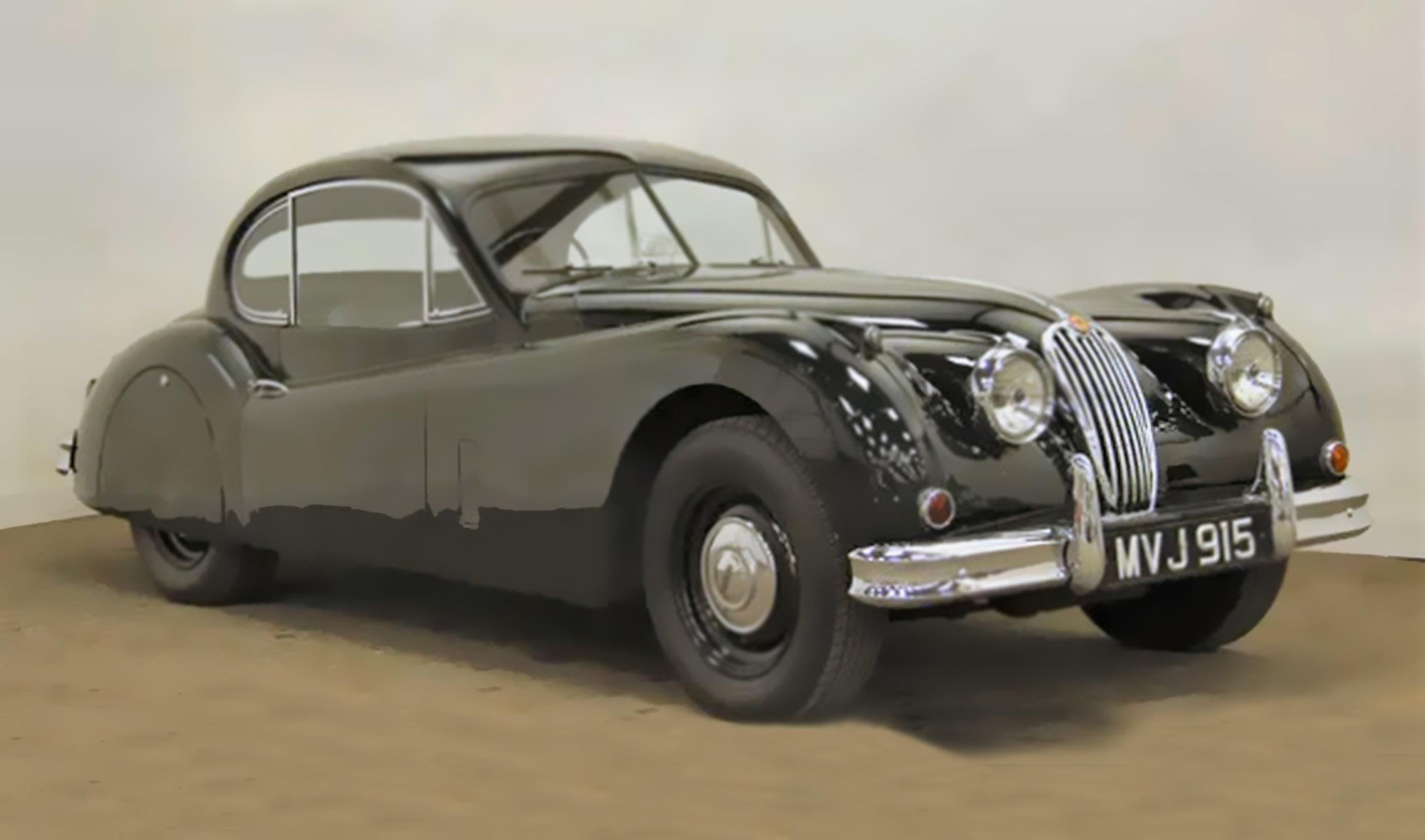
We must not forget the big guns at the Goodwood Revival, and there was seemingly plenty of money available - and spent - although buyers are getting more choosy it seems. The number plate '8 X' sold for a tad under £200,000, which is perhaps (or not) correct, but £25,000 for a 1970 tax disc? OK, it was from one of the original James Bond DB5s, but, it is only a little circle of ephemeral paper just the same. And don’t get me going on how people have more money than sense - please!
Moving on, a rather special 1991 alloy Proteus XJ13 belonging to Nigel Webb was up for auction, and this is a car with a lot of history. It was driven by Norman Dewis on many an occasion (with photos and a letter from Norman) was estimated at £220/280,000, failed to sell, but was, I now see, sold post-auction at £162,300. Considering the cost of having one built, this seems extremely cheap and may well have a concomitant effect on future sales. We shall just have to wait and see.
Valentine Lindsay’s 'bitza' D-Type, known colloquially as XKD570 which it is not, sold for £800,000 despite the fact that it has raced at Goodwood and done the Mille Miglia. According to Jaguar D-Type & XK-SS by Graham Robson, the car was dismantled for spares. It is recreated with the correct parts and is, one might say, a perfect replica, and as such was little more than the cost of having a new one built.
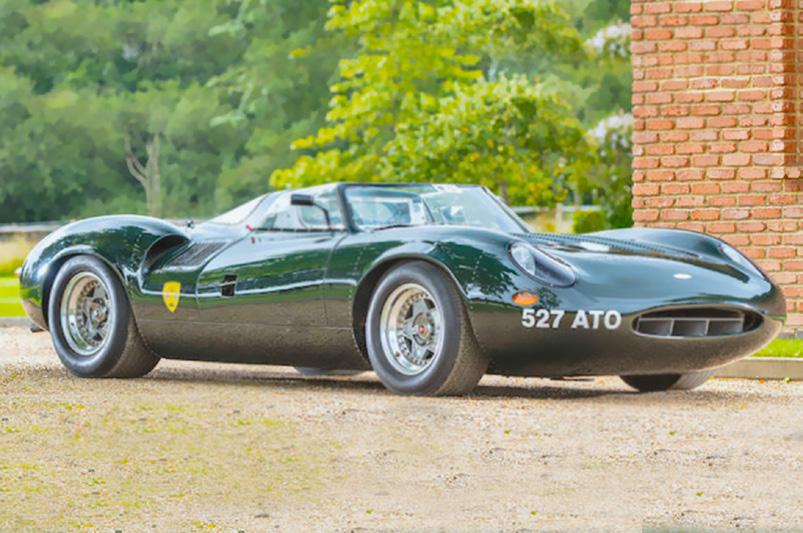
Image 01/02
Modern classics are good value for money.
Image 03/04
Classics of different sorts. A rare MkIX built with manual overdrive transmission, and a fabulous not overly restored S.S. Jaguar 100.
On the other hand, a wonderful S.S. Jaguar 100 2.5 litre, fresh from long term ownership, sold for a thumping £368,000. Putting a price on history and patina is sometimes a hard thing to do, but the wheel seems to be turning, and interest in patination rather than fresh paint is growing.
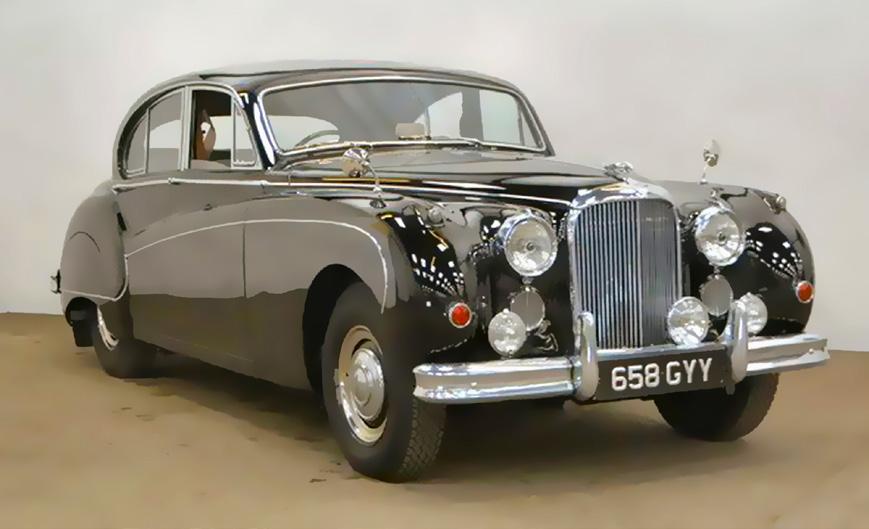
We have seen the height of the auction season in Europe recently, and there are so many cars that I would have liked to write about, but space forbids. Happy motoring!
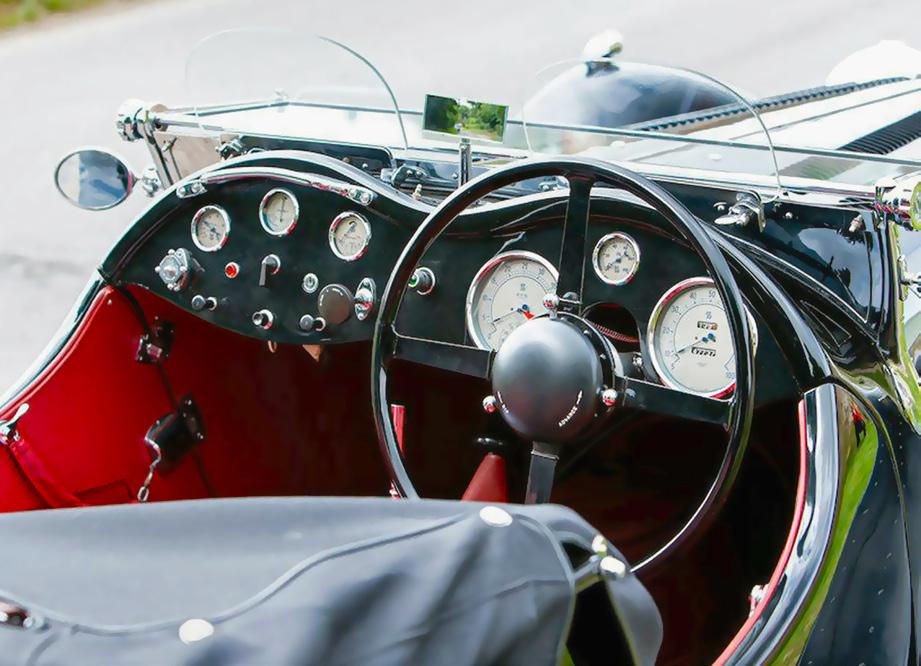
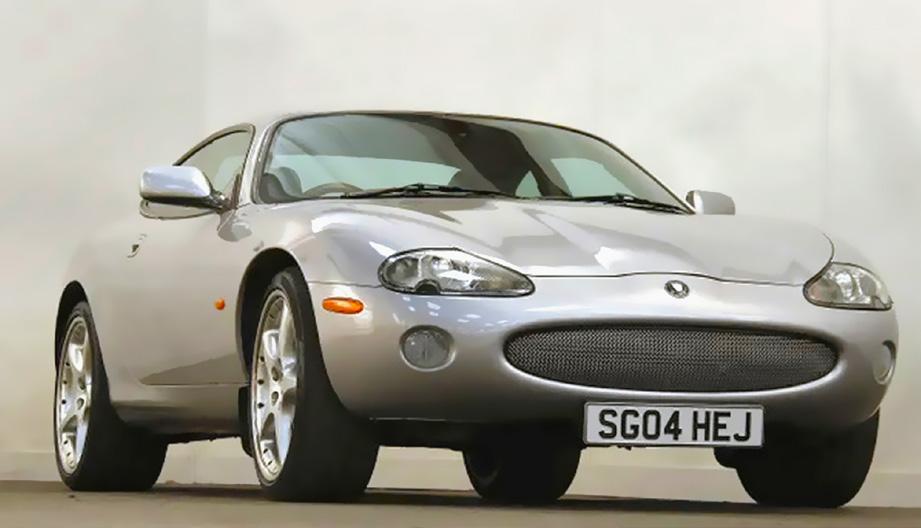

Ernest Wagstaff
THE FIRST TIME ESSEX-BORN businessman Ernest Wagstaff ever drove a car was in 1901. It happened in Melbourne - and he took to it instantly.
Although there with his wife on a business venture, he immediately set off on a gruelling drive from Melbourne to Sydney. It would pave the way for cars and trucks in the near future, but was a hazardous undertaking, over rough roads which deteriorated into tracks without fuel and repair facilities.
Daimler was the first major manufacturer of cars in Britain, and became a Royal favourite having been established in 1896. Wagstaff would remain a life-long Daimler devotee, and saw it purchased by Jaguar in 1960.
Ernest Edward Wagstaff was born in 1870, the son of a prosperous Essex farmer who employed over 40 workers full time. However, his son was not destined to till the soil or sell cattle. From the age of five he was sent to a boarding school in Kent, followed by another in Stratford-On-Avon, resulting in his not being a home-body. In fact, most of his life would be spent in Australia where he was naturalised.










